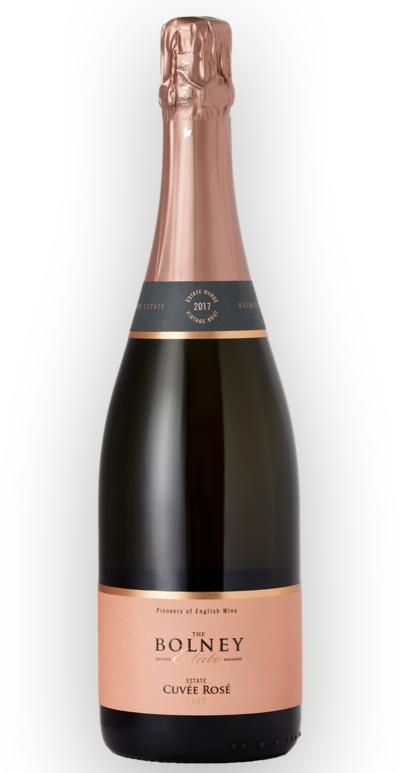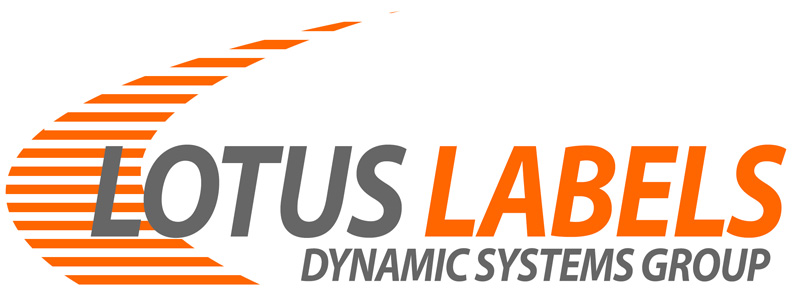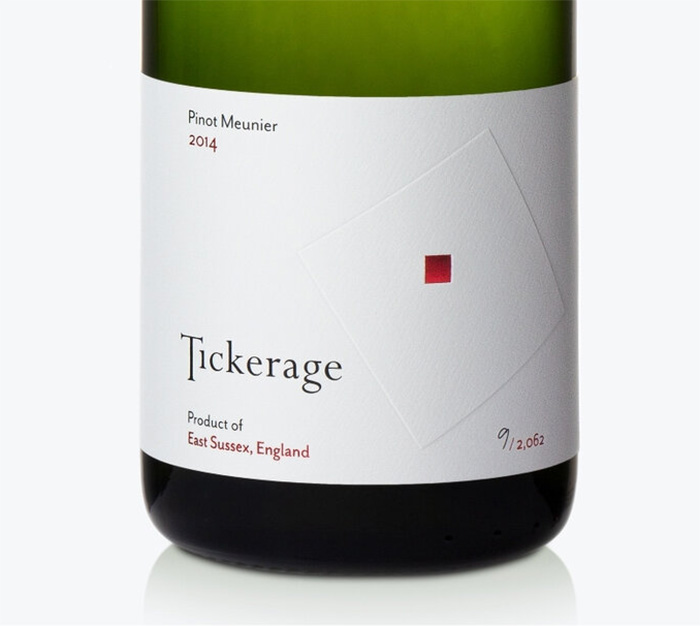What legally has to be shown on Wine labels?
Wine is a highly popular beverage enjoyed by millions of people worldwide, and as such, there are strict regulations that dictate what information must be displayed on a wine label. These regulations exist to protect consumers from false or misleading information and to ensure that they are making informed purchasing decisions. In this blog post, we will explore what legally needs to be shown on a wine label and the lengths wine producers go to make their labels and wines attractive to buyers.
Firstly, let’s take a look at what information is legally required on a wine label. The most important information that must be displayed on a wine label includes the name of the wine, the type of wine (e.g., red, white, rosé), the alcohol content, the producer’s and bottler’s name and address, and the country of origin. Other information that may be required includes allergen information, such as whether the wine contains sulfites and a health warning for pregnant women.
In addition to these mandatory requirements, wine producers often include additional information on their labels to make their wines more appealing to consumers. This can include the vintage (year of harvest), tasting notes, food pairing suggestions, and information about the grape varietals used to make the wine. Some wine producers even go as far as to include a brief history of the vineyard or winery, which can help to create an emotional connection between the consumer and the wine.
Another way that wine producers make their labels and wines more attractive to buyers is through their packaging. The shape and design of the bottle, the label’s font, and colour choices can all impact a consumer’s purchasing decision. For example, a sleek and modern label may appeal to younger consumers, while a classic and elegant label may appeal to more traditional consumers.
Wine producers may also choose to use special materials or printing techniques to make their labels stand out. This could include embossing, foil stamping, or using textured paper. These techniques can help to create a sense of luxury and exclusivity, which can be particularly effective for premium wines.
Finally, wine producers may also use marketing techniques to promote their wines and attract consumers. This could include advertising campaigns, social media marketing, and partnerships with restaurants and retailers. By building a strong brand image and creating a buzz around their wines, producers can increase consumer interest and demand for their products.
In conclusion, wine labelling regulations exist to protect consumers from false or misleading information and to ensure that they are making informed purchasing decisions. However, wine producers still have a range of options available to them to make their labels and wines more attractive to buyers. By including additional information, using attractive packaging and materials, and using marketing techniques to promote their wines, producers can increase consumer interest and demand for their products. Ultimately, the success of a wine will depend on its quality and taste, but an attractive label and packaging can certainly help to catch a consumer’s eye and encourage them to give it a try.
For assistance with your wine or drink labelling, speak with one of our team, we would love to help. Contact us


